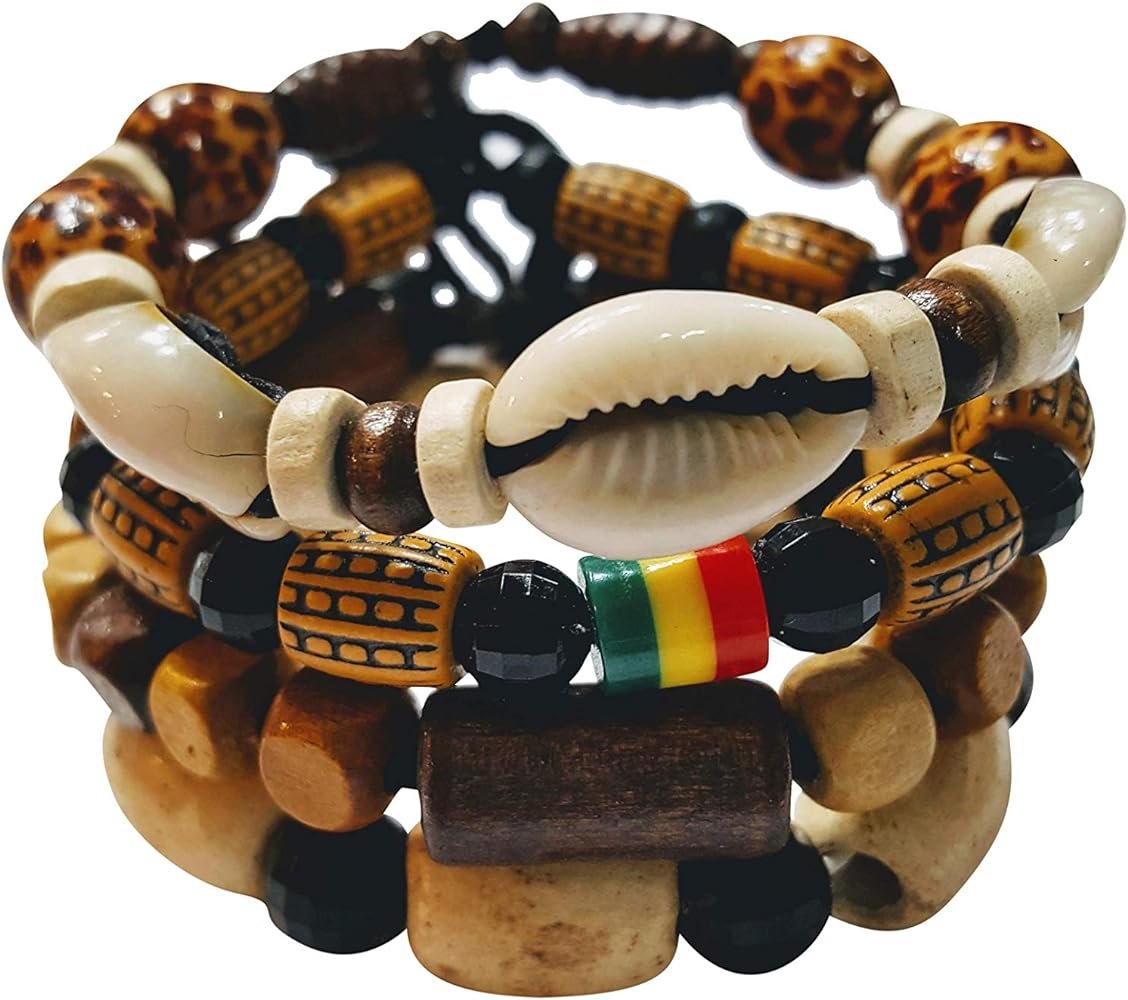Unveiling the Symbolism and Diversity of Men and Boys Wearing Beads Across Africa
In Africa, beads are not just accessories; they are symbols deeply woven into the fabric of culture and tradition. While often associated with women, the significance of men and boys wearing beads is equally profound and rich in history. Let's embark on a journey to explore the intricate tapestry of bead culture across different regions of Africa, uncovering its significance, historical roots, and its role in important ceremonies.
The Significance of Beads for Men and Boys:
In many African societies, beads are worn as symbols of belonging to a particular tribe, clan, or community. They serve as visual identifiers of one's cultural heritage and lineage, carrying stories of ancestors and traditions through generations.
Spirituality and Protection:
Beads are often imbued with spiritual significance, believed to offer protection from negative energies and evil spirits. They may be worn during rites of passage, ceremonies, or everyday life to invoke blessings and safeguard the wearer.
Status and Authority:
Certain beads, particularly those made from rare materials or adorned with intricate designs, are reserved for individuals of high status or authority within the community. They serve as symbols of prestige, leadership, and wisdom.
Historical Roots of Bead Culture:
from: African Facts
The tradition of beadwork in Africa dates back thousands of years, with archaeological evidence indicating its presence in ancient civilizations such as the Egyptians, Nubians, and Carthaginians. Beads were crafted from various materials including glass, stone, bone, and shells, each carrying its own cultural significance.
In pre-colonial Africa, beads played a central role in trade, diplomacy, and social exchange, serving as currency in some societies and symbols of wealth and power in others. They were also used in religious rituals, healing practices, and ceremonies marking important life transitions.
Ceremonies and Rituals:
Waistbeads, in particular, are an integral part of many ceremonies and rituals across Africa, symbolizing femininity, fertility, and cultural identity. While predominantly worn by women, men and boys also participate in certain ceremonies where beads play a significant role:
Coming of Age Ceremonies In some African cultures, boys undergo rites of passage marked by ceremonies that involve the wearing of beads. These rituals signify the transition from boyhood to manhood, imparting important lessons, responsibilities, and cultural values.
Initiation Rituals:
Beads may be worn as part of initiation rituals into secret societies or warrior groups, signifying the individual's readiness to assume adult roles and responsibilities within the community.
Regional Differences in Bead Wearing:
Across West, East, North, and Central Africa, the wearing of beads exhibits diverse styles, materials, and cultural meanings:
West Africa: In West Africa, beads are often vibrant and colorful, reflecting the region's rich artistic traditions.
East Africa: Beadwork in East Africa is characterized by intricate designs and patterns, with beads crafted from materials such as coral, bone, and metal. In this region, beads hold symbolic significance in ceremonies celebrating life milestones and cultural heritage.
North Africa: Berber communities in North Africa are renowned for their intricate beadwork, often incorporating geometric patterns and motifs inspired by desert landscapes. Beads are worn as adornments in traditional attire and as talismans for protection and prosperity.
Central Africa: In Central Africa, beads play a vital role in traditional healing practices and spiritual ceremonies. They are worn as amulets, charms, and symbols of connection to the spiritual realm, serving as conduits for ancestral energies.
The tradition of men and boys wearing beads in Africa is a testament to the enduring significance of cultural heritage and identity. Beads continue to weave a narrative of tradition, spirituality, and community across the continent. By understanding the symbolism and diversity of bead culture, we gain insight into the rich tapestry of African heritage and the profound connections between past and present generations.


